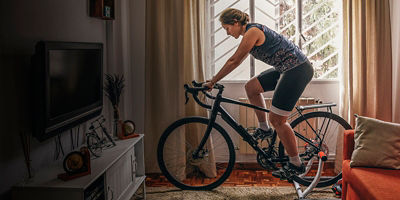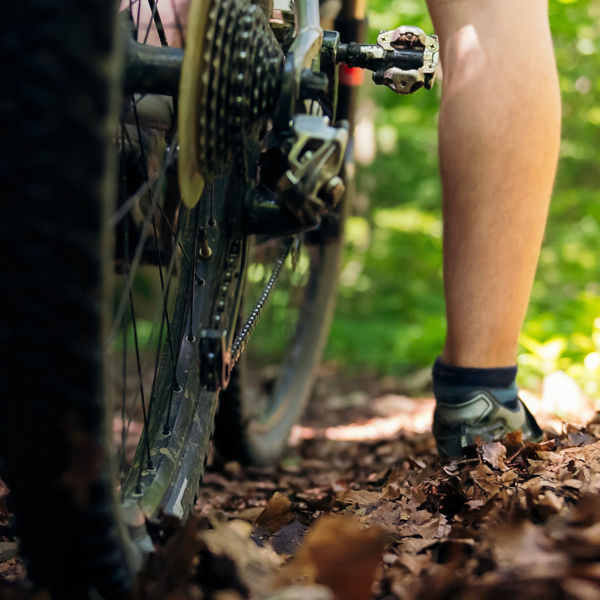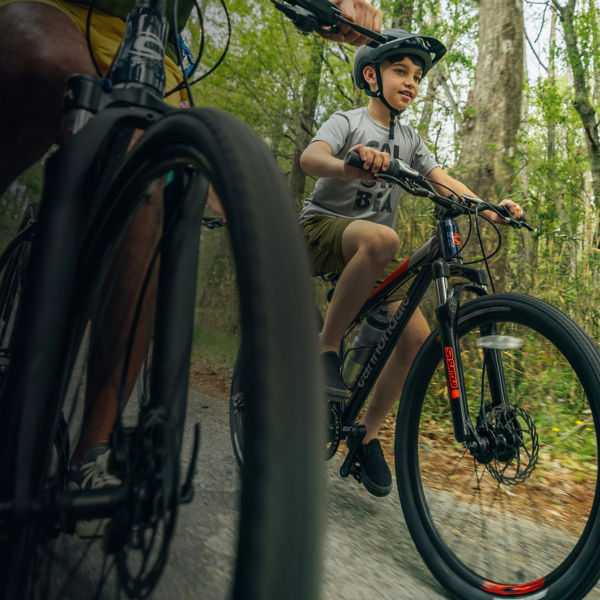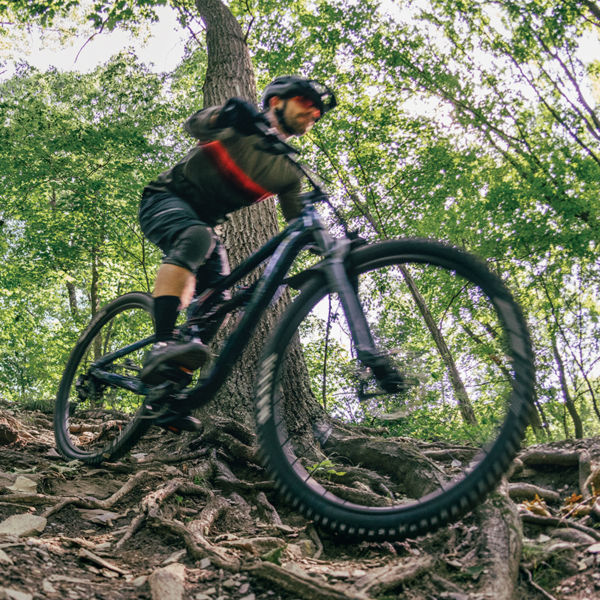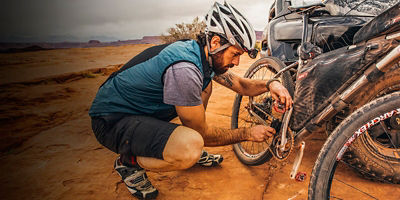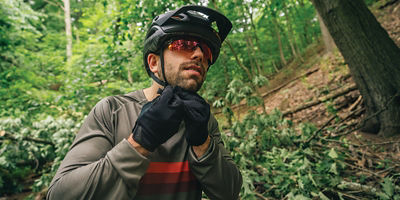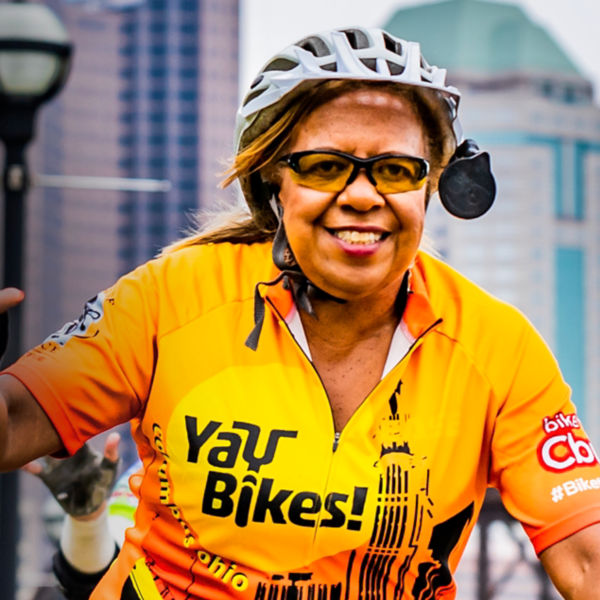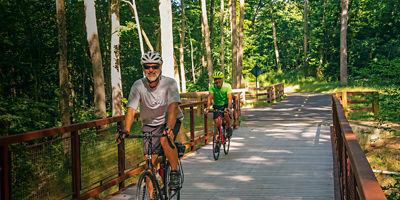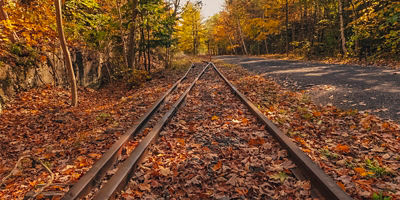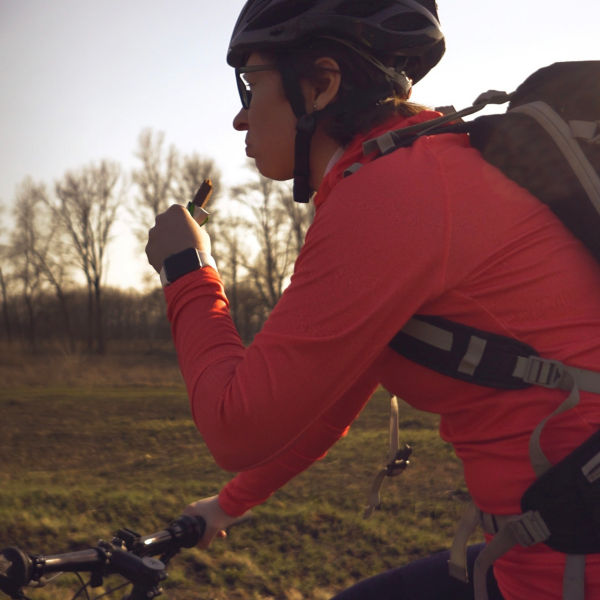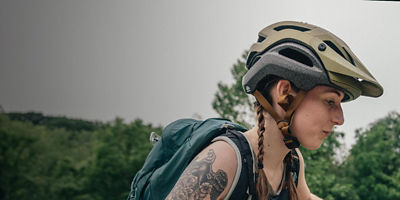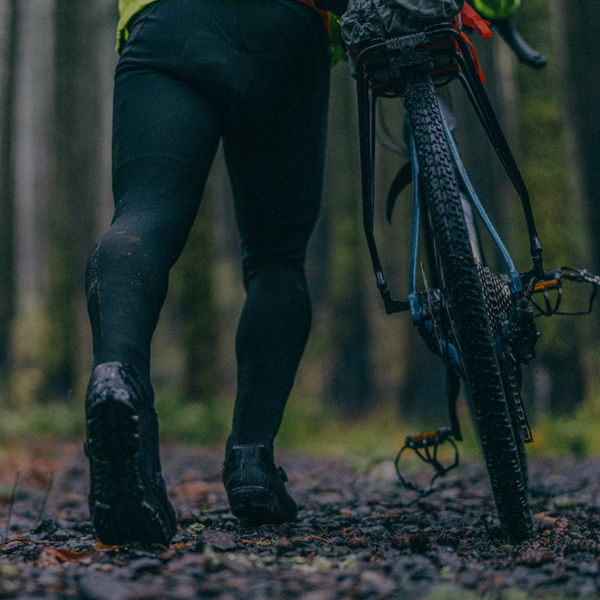
Bikepacking has plenty of overlap with backpacking. You’re using a lot of similar gear, you’re spending long days moving, packing and unpacking bags, plus dealing with the elements (and your physical and equipment needs). But while backpackers will feel right at home once they’re on a bike and moving, the act of planning a bikepacking trip has some notable differences. Instead of picking out your favorite park or wilderness area and connecting must-see dots by trail, bikepacking offers nearly limitless options that range across the road network of roughly 4 million miles crisscrossing the country.
Sure, comfortable campsites aren’t as easy to find on the side of a gravel farm road as they might be along a backpacking trail. However, other road-connection elements do factor into bikepacking trips, like the ability to quickly drop into civilization for a night of lodging or a hot meal. So, while the backpacking fundamentals of light travel are an excellent start, those normally bound to boots should shift to a broader mentality to plan a first bikepacking trip. Here’s how to get moving.
Identify Your Objectives
Backpacking trips normally start with goals: a beautiful view to experience, an epic campsite to enjoy, or maybe a summit or destination lake to cap the journey. Working backward from the end-goal, you plan the trip and its needs.
Bikepacking isn’t much different, though your goals might be. Start by thinking about what you want to accomplish on this trip. First off, where do you want to go? Is it a specific dedicated route to complete? Perhaps it’s transit across a target area, connecting to a beautiful road section, or pedaling over a recommended mountain pass. If there’s a specific camping spot or geographic destination to visit, begin by mapping those points, as well as your starting location.
This launch area is key, as it typically needs to factor where you can safely leave a vehicle. If leaving a vehicle or arranging a dropoff (via friends or public transit) is not an option, that’s OK. Start where you are. Depending on where you live, a route that begins from your own doorstep is an ideal way to begin experiencing (and planning) bikepacking trips. (It’s also something you probably haven’t experienced with a backpack.)
Next, consider duration. How many days do you want to spend out? Determine the number of miles that you can comfortably ride per day. If you haven’t tried riding all day, and you’re in reasonable shape, it’s probably a lot longer than you think—consider starting at between 25 and 50 miles for your first time. Finally, figure your overnight preferences: camping or staying indoors along the way. Knowing these trip parameters will help you sort out your route (and your gear).









